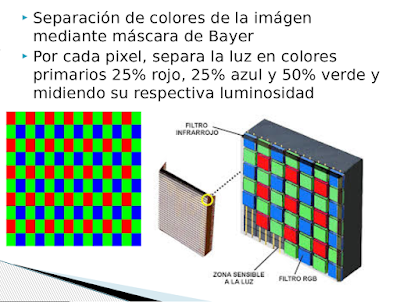You are going to start PLOP experience (beta version).
To learn more about PLOP, you can go to the Project page on the top menu.
PIXEL LEARNING OPEN PROJECT
(NC-BY-SA 3.0 License)
Now, you are ready: lets go directly to the ste
Step #1 - Do it yourself
Students build the Yoshino microscope adapter for smartphone.
 |
| Secondary school students mass-constructing digital microscopes (50 units) in physics class, for the first time in history (Santiago, Chile, 2014). |
Detailed instructions from the author about how to build one, can be found here:
To evaluate student's participation and results, teacher may use this tested observation rubric:
For information about purchasing materials in retail or in bulk, and how to manage a mass-construction of Yoshino microscopes within classroom time, PLOP has released a step-by-step guide, that will help you do it saving time and money!
Step #2 - Systematic web search
 |
| PageRank is the name of Google Algorythm that helps find the most cited website for the combination of terms you are entering. |
Students in groups, develop a systematic web search, collecting information and media about the optical processes which take place in the Yoshino smartphone microscope adapter (Optical Microscope, CCD pixel, LCD pixel and Human eye).
To reduce students time in this task, a special guide has been designed and tested (in English and Spanish languages, both returning enough info and media (you can use Google Translator to translate it to +85 languages).
Step #3 - Create a document
 |
| Creating a presentation document is a key professional competence. Practice and reviews from others are the most important contributions to improve this skills. |
Students create a presentation document about their findings.
Using information from their systematic web search, students synthesize text, complemented with images, composing a brief but effective presentation document.
To reduce students work time in this task, a special presentation template has been designed and tested:
Step #4 - Peer-Dissertations
 |
Slides from documents created by students about the photoreceptor cells (cones) in the human eye (above) and the CCD pixel sensor (below), which they used in their dissertations. |
Students develop peer-dissertations showing what they learned, with the help of the document created.
To evaluate students dissertation participation, and the document created, an observation rubric has been designed and tested effective to reduce teacher's work time in the tasks:
-----------------
-------
-
Now we are in a great position to start learning optics!
That's all! now we are in a great position to start studying optics



